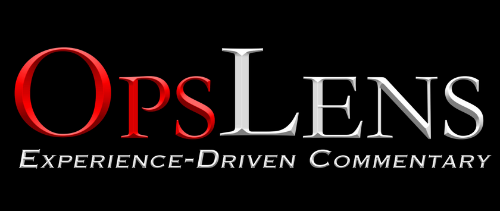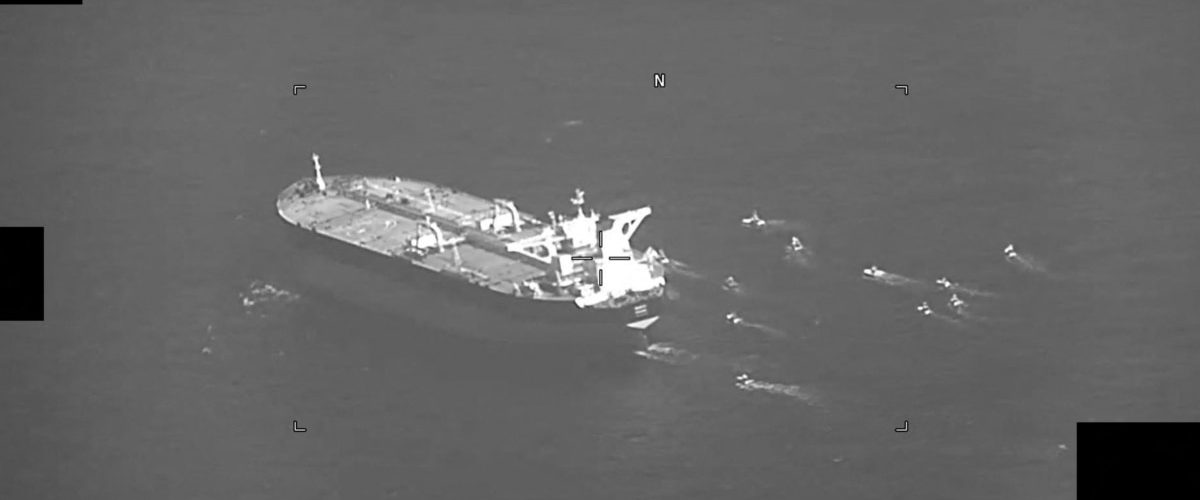National Clean Air Day was not a cause for celebration this year in Tehran, where many residents were shuttered in their homes for their own safety to avoid exposure to the Iranian capital’s infamous and deadly smog.
In the run-up to January 19, the day Iran dedicates to promoting air quality, students were prevented from attending universities and schools in the city of nearly 9 million people, the standard procedure when air pollution levels exceed safe levels.
Local officials decried the fact that there had only been two days of clean air recorded over the previous 10 months and called for more to be done to address the crisis.
And amid the criticism, which targeted the authorities’ use of dirty mazut fuel oil to provide heat and power during a brutal cold snap, the national government presented a draft budget that would cut expenditures for combating air pollution by half.
Conflicting Approaches
The government’s response highlighted the conflicting approaches and decades of misguided environmental policies that have contributed to Iran’s air-pollution crisis, rendering toothless strict regulations passed in 2017 with the aim of tackling the issue.
As debates raged over government inaction, the Interior Ministry and Education Ministry backed the idea of lowering the air pollution index threshold that keeps students out of school.
Parliament passed the new budget in February, cutting funding for implementing the country’s Clean Air Act from a mere $8 million to $4 million while emphasizing economic growth.
And answering calls for the Clean Air Act’s strict standards to be enforced, the Tehran Prosecutor’s Office pressed criminal charges against five unidentified bureaucrats who were in step with the government’s pursuit of increased development and industrial production.
The management-level personnel, who work for various ministries that oversee Iran’s environmental protection efforts and lucrative petroleum sector, stand accused of failing to adhere to standards set in the country’s Clean Air Act on vehicle emissions and gasoline quality, and for failing to limit pollution from mazut-fueled industrial plants.
‘Denying People A Breath’
Tehran and other major Iranian cities have long been among the world’s worst when it comes to air pollution. Iran overall ranks sixth in the world in terms of greenhouse gas emissions, according to the Global Carbon Atlas, having more than doubled CO2 emissions in the past two decades.
“Tehran is one of the most polluted cities in the world, and air pollution is estimated to contribute to thousands of premature deaths each year” across the country, Iran environmental expert Shirin Hakim told RFE/RL in written comments. “Air pollution has led to the closing of businesses and schools, impacting economic productivity, and has contributed to a variety of health conditions, including respiratory conditions and cancers.”
Iranian media and officials have decried the steadily rising levels of deadly sulfur dioxide recorded over Tehran in recent years, while experts at the air pollution research center at Tehran University have estimated that 40,000 premature deaths per year can be attributed to the smog and dust that fouls Iran’s air.
Lawmaker Mohammad Reza Sabaghian put it simply in comments ahead of Clean Air Day, saying: “We are denying the people a breath.”
Outdated cars and motorcycles burning low-quality fuels are frequently singled out as the major reasons for the air pollution that has plagued Tehran and other major cities, but they are far from the only ones.
“The overexploitation of water resources and climate change are contributing to the desertification of farmland and the drying up of bodies of water, which has contributed to dust and sandstorms that also diminish air quality,” said Hakim, senior fellow at the Berlin-based Center for Middle East and Global Order (CMEG) and fellow at the Atlantic Council’s GeoEconomics Center.
Accelerated development and industrial activity outside urban centers have also contributed to increased emissions, Hakim said, as well as the rising migration of people to cities, which adds to the use of vehicles, dirty fuels, and acid rain and other pollutants.
Clean Air On Paper
The Clean Air Act, introduced in 2017 under then-President Hassan Rohani, was supposed to be the road map for solving Iran’s environmental problems.
Among other things, the law targeted the use of mazut by greatly lowering the limits of sulfur allowed in fuel oil. It also called for the country’s aging transportation network to be overhauled and required the Oil Ministry to produce higher standard and cleaner-burning “Euro 4” gasoline, diesel fuel, kerosene, and other petroleum products.
Punishments and fines were set for industries and individuals that violated the regulations. But when natural gas shortages hit during the hard winter months this year, the Clean Air Act
was cast aside.
Faced with public anger over natural gas shortages that left many homes without heat and factories without power, officials gave the green light to burning more mazut to fuel thermal stations and industrial plants. The move sent plumes of noxious smoke into the air in Isfahan and other major cities, as well as in Tehran, despite official insistence that mazut was not used.
Officials in Isfahan demanded details of the government’s decision, according to state news agency IRNA, declaring the burning of mazut a “serious danger” to human health. United Nations special rapporteur on human rights and the environment David Boyd called on Iran to halt the practice, declaring it a human rights violation.
Official Oil Ministry reports viewed by RFE/RL’s Radio Farda showed that the country intensified its use of mazut in December to 38.5 million liters per day, a 22 percent increase, and 42 million liters per day in January. The report also showed that the production of mazut with a sulfur content of 3.5 percent — up to seven times higher than the level allowed under the Clean Air Act — rose significantly, and that only one-third of the gasoline produced in the country was of the required Euro 4 standard.
In response to the outcry, Iranian officials said the air pollution problem would be alleviated in the future by the increased production of natural gas and improvements to infrastructure, which have been stymied by international sanctions that have denied Iran access to foreign technologies.
Ali Salajegheh, the head of Iran’s Department of Environment, also remained bullish about the Clean Air Act, telling IRNA in January that the implementation of the legislation would be accelerated by the increase of “green tax” allocations separate from the state budget. Salajagheh did not provide a specific figure, only saying that 20 percent of the green taxes would be earmarked. Green taxes are those levied on activities that are deemed harmful to the environment.
The environment was seen as one of the biggest challenges faced by President Ebrahim Raisi when he took office in 2021. During his campaign, Raisi presented an “environmental charter” promising sustainable development and environmentally friendly policies as key components to Iranians’ right to a “healthy environment, clean climate, and pollution free life.”
But such promises have fallen short. Iran has increasingly turned to oil and gas production to pull it out of its extended economic crises. In addition to the increased production of mazut and other dirty fuels, Tehran has exempted some automotive manufacturers from installing air filters until international sanctions imposed over Iran’s nuclear program are lifted.
Raisi’s presidency has been marked by protests in areas of the country hit hard by drought and the scarcity of water needed to sustain agriculture, despite the continued and contentious construction of new dam projects.
“Failed water governance has fueled such unrest in the past, according to Hakim, and “is contributing to desertification and the drying up of rivers and lakes that have contributed to economic and social ramifications.”
The government has also failed to submit a carbon-cutting plan related to the Paris Agreement on climate change since 2015. Officials have said that Iran will not ratify the accord until international sanctions are lifted, arguing that access to modern foreign technology is key to reducing emissions.
Raisi stated that the goal of the government’s new budget was economic growth, reducing unemployment, and lowering skyrocketing inflation. The budget, 40 percent bigger than the last, is dependent on the export of 1.4 million barrels of oil per day despite international sanctions that hamper the country’s ability to trade.
The cuts to expenditures on fighting air pollution “may have been driven by heightened social and economic tensions in the country,” said Hakim. “The Islamic republic has routinely prioritized economic gains over social and environmental concerns.”




















